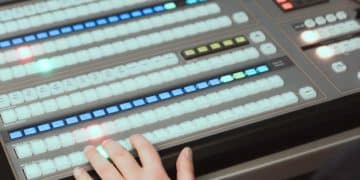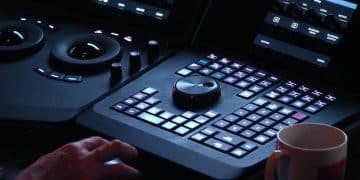The Power of Automation: Add Movement and Interest to Your Music Tracks
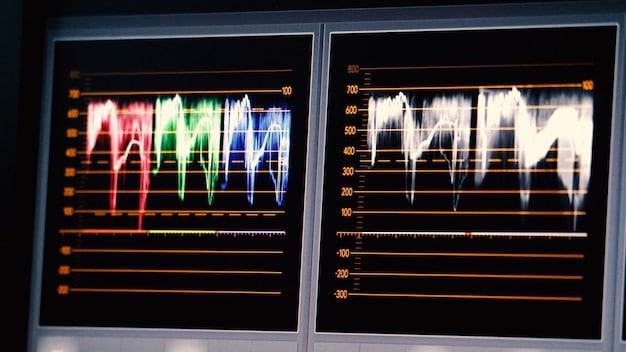
The power of automation in music production lies in its ability to introduce dynamic movement, nuanced variations, and captivating interest to your tracks, transforming static elements into vibrant auditory experiences.
Unlocking the potential of your music requires more than just notes and chords; it demands a touch of artistry that brings your compositions to life. Discover the power of automation and how it can add depth, movement, and captivating interest to your tracks, turning static sounds into dynamic experiences.
Understanding the Basics of Automation
Automation, in the context of music production, refers to the ability to program changes in your track’s parameters over time. This means you can control everything from volume and pan to complex effects settings, creating evolving sonic landscapes.
By automating these changes, you move beyond static settings and introduce a sense of dynamism that can significantly enhance the listening experience. Think of it as bringing your mix to life, giving it a pulse and character that static tracks often lack.
What Can You Automate?
The possibilities for automation are virtually endless, limited only by the features of your DAW and the plugins you use. However, here are some of the most common and effective parameters to automate:
- Volume: Creating fades, swells, and dynamic contrasts.
- Pan: Moving sounds across the stereo field for a wider, more immersive soundscape.
- Filter Cutoff: Adjusting the brightness and tone of a sound.
- Reverb and Delay: Increasing or decreasing the intensity of effects for dramatic impact.
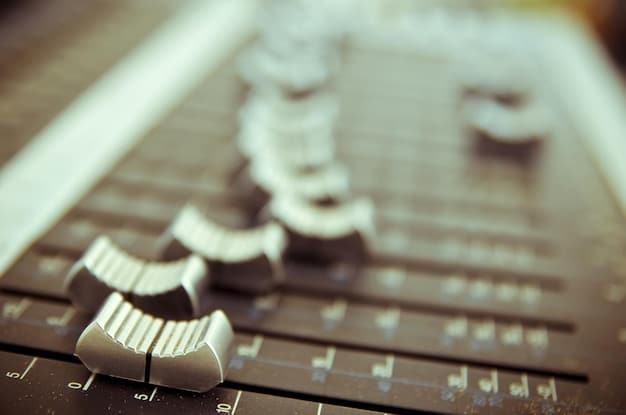
Why Is Automation Important?
Automation is crucial for several reasons. It breathes life into stagnant parts, creates variation, and provides an organic touch that elevates your music.
Static mixes can often sound lifeless and repetitive. The power of automation injects movement and interest, making the music more engaging for the listener while also helping you achieve cleaner and more balanced mixes.
In conclusion, understanding and utilizing automation’s basics can significantly improve your music’s overall sound and engagement, making it an indispensable tool for any music producer.
Adding Movement with Volume Automation
Volume automation is one of the simplest yet most effective ways to introduce movement and interest into your tracks. It allows you to create dynamic changes that can emphasize certain elements, soften harsh sounds, or transform entire sections of your songs.
By automating volume levels, you can sculpt a track with a finer level of control, making sure that even the subtlest of adjustments contribute to the overall impact of your music.
Creating Swells and Fades
Swells and fades are fundamental techniques in music production. Fades can ease the intro or outro of a song, while swells can build tension or create emotional release.
- Fades: Automate a gradual volume decrease at the end of a song to make the finish natural.
- Swells: Use volume automation to slowly increase the volume of a synth pad or ambient texture, building intensity.
- Creating space: Automating slight dips in background elements when the main instrument comes in can provide space and clearer focus.
Dynamic Contrasts and Emphases
Beyond simple fades and swells, volume automation can be used to create dynamic contrasts that catch the listener’s attention.
Automating volume can emphasize certain moments in your tracks. For example, you can temporarily increase the volume of a vocal line during a bridge to draw the listener into the narrative. These kinds of changes add emotional impact and focus to key sections.
In summation, volume automation is a critical skill to master. It allows you to carefully shape each element of your mix, adding layers of depth, emotion, and rhythmic drive that keep the listener engaged and enthralled.
Utilizing Pan Automation for a Wider Soundscape
Pan automation involves moving sounds across the stereo field to create a more immersive and engaging listening experience. It can widen your tracks, add movement, and provide a sense of space that static panning cannot achieve.
By strategically panning instruments, you can create a more three-dimensional sound that enhances the listener’s sense of presence and involvement in the music.
Basic Panning Techniques
Before venturing into more complex pan automation, it’s essential to understand the basics of stereo panning. Basic panning typically involves positioning instruments statically to either the left or right, typically in gradual increments.
- Static Placement: Place instruments like rhythm guitar slightly to the left and lead guitar slightly to the right to create a balanced stereo image.
- Extreme Panning: Use extreme panning for sound effects or transitional elements to draw the listener’s ear and add dynamism.
- Center Focus: Keep crucial elements such as lead vocals and bass centered to maintain focus and clarity.
Advanced Panning Movements
Where pan automation truly shines is in its ability to create complex and fluid panning movements that add depth and interest.
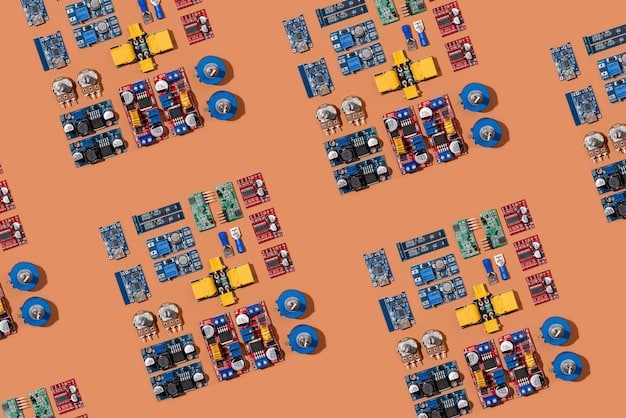
Applying smooth panning movements can add an ethereal quality to ambient pads or rhythmic textures. These subtle shifts create a sense of constant motion and interest, enhancing the overall sonic environment.
In short, pan automation should be a part of your musical toolbox. From basic separation to sophisticated movements, it can significantly enhance the width, depth, and overall engagement of your mixes.
Using Filter Automation to Shape Your Sounds
Filter automation is a creative and powerful technique that involves adjusting the cutoff frequency, resonance, and other filter parameters over time. It’s a method for shaping and evolving the tonal aspects of your tracks, adding depth and character.
By dynamically changing filters, you can create dramatic build-ups, smooth, rhythmic pulses, and a range of expressive effects that bring your sounds to life.
Automating Cutoff Frequency
The most common parameter to automate is the cutoff frequency, which determines the upper limit of the frequencies allowed to pass through. By manipulating this, you control the brightness and clarity of your sounds.
- High-Pass Filter: A high-pass filter (HPF) lets high frequencies through and blocks lower ones, cleaning muddiness. Automating the cutoff frequency can add air, definition, or tension.
- Low-Pass Filter: A low-pass filter (LPF) allows low frequencies through and cut highs. Automating its cutoff frequency can create resonant sweeps, softening or sharpening sounds.
- Band-Pass Filter: Band-pass filters let a range of frequencies pass. Automation can highlight mid-range elements or generate a vocal-like effect.
Creating Resonant Sweeps
Resonance boosts frequencies near the cutoff and automate with cutoff to create resonant sweeps.
By automating resonance in conjunction with the cutoff frequency, you can create captivating effects akin to rising or falling tides of sound. These sweeps add dramatic tension and emotion to your tracks, building intensity during transitions or breakdowns.
In conclusion, filter automation opens up a world of sonic possibilities. By automating cutoff frequencies and resonance, you can shape your sounds in dynamic and captivating ways, making your music stand out with unique tonal qualities and textures. Whether you’re crafting subtle evolution or bold transformations, filter automation provides the control and expression to bring your sonic vision to life.
Automating Effects for Added Depth
Automating effects is a technique that involves dynamically adjusting the parameters of effects like reverb, delay, chorus, and distortion to add depth, movement, and interest to your tracks. By automating these effects, you can create captivating sonic textures and transitions that keep the listener engaged.
Dynamic adjustment adds nuance and excitement that takes your music to the next level. When used artfully, automated effects can create sonic textures and transitions that surprise and immerse listeners.
Reverb and Delay Automation
Automating parameters like the decay time, pre-delay, and wet/dry mix can yield spectacular results with both reverb and delay.
- Creating Space: Increase reverb during quieter sections to create a sense of vastness or distance.
- Rhythmic Echoes: Automate delay feedback to create rhythmic echoes that sync with the tempo.
- Transition Effects: Gradually increase reverb before a drop to create a sense of build-up.
Modulation and Distortion
Chorus, flanger, phaser, and vibrato enrich sounds, offering movement and complexity. Use these in moderation, because excessive automation can render a mix chaotic.
In brief, the key to effective effects automation is finesse. By creating movement and interest, your music transcends static soundscapes, immersing the listener in a dynamic experience.
To summarize, automating effects opens up a vast creative toolkit in music production. By carefully adjusting parameters of reverb, delay, and modulation effects, you can create sonic depth, rhythmic interest, and captivating transitions. Whether subtle or dramatic, automating effects intelligently can transform your tracks into immersive and engaging audio experiences.
Tips and Best Practices for Effective Automation
To harness the true power of automation, it’s imperative to adhere to best practices that enhance its effectiveness and prevent common pitfalls. These tips ensure that automation enhances rather than detracts from your music.
By integrating these techniques into your music production, you’ll be able to craft engaging, distinctive, and polished tracks.
Planning and Preparation
Before diving into automation, planning is essential.
- Outline the Structure: Know the song’s structure and where automation can enhance transitions or sections.
- Listen Critically: Identify elements that feel static or stagnant.
- Sketch Ideas: Jot initial ideas of which parameters to automate. Think of automating elements to add an extra layer of creativity.
Subtlety and Nuance
Overdoing automation can overpower the music. Subtlety and nuance are key to organic and engaging effects.
When adding effects, make subtle gradual adjustments. Start by automating parameters in small increments, and increase or decrease the automation level.
In essence, planning, restraint, and regular reassessments are critical to good automation. Remember, the best automation enhances the music smoothly and efficiently, keeping listeners engaged effortlessly.
| Key Point | Brief Description |
|---|---|
| 🚀 Volume Automation | Creates swells, fades, and dynamic contrasts to emphasize elements. |
| 🔊 Pan Automation | Moves sounds across the stereo field, enhancing width and creating a 3D sound. |
| 🎚️ Filter Automation | Shapes sounds with cutoff sweeps and resonance adjustments, adding dynamic tonal changes. |
| ⚙️ Effects Automation | Dynamically adjusts reverb, delay, chorus, and distortion to add depth and interest. |
Frequently Asked Questions (FAQ)
What is automation in music production?
▼
Automation in music production involves programming changes to your track’s parameters over time, such as volume, pan, or effects, to create dynamic and evolving sounds.
What parameters can I automate in my DAW?
▼
You can automate virtually any parameter in your DAW, including volume, pan, filter cutoff, reverb, delay, and the settings of various plugins, depending on what your DAW and plugins offer.
How does pan automation enhance my tracks?
▼
Pan automation moves sounds across the stereo field, creating a wider and immersive soundscape, enhancing dynamism and spatial interest for the listener.
What’s the importance of filter automation in music production?
▼
Filter automation shapes and evolves the tonal aspects of your tracks by adjusting parameters like cutoff frequency and resonance, adding depth and character to the sounds.
What are some best practices for effective automation?
▼
Effective automation involves planning, subtlety, and critical listening, ensuring that automation enhances the music organically without overpowering it.
Conclusion
In conclusion, the power of automation is a revolutionary tool to bring music to life. By mastering its principles, from employing volume adjustments to pan and filtering to automating effects, one has the ability to transform static tracks into dynamic, engaging compositions. When carefully executed with creativity and planning, the use of automation can elevate your music production skill and engage listeners with its immersive, ever-evolving soundscapes.
Read more content
